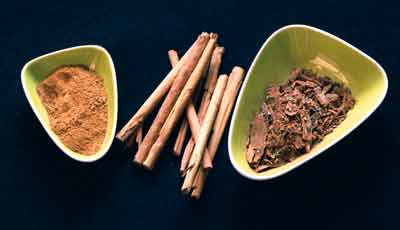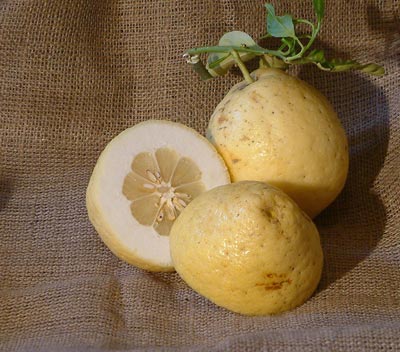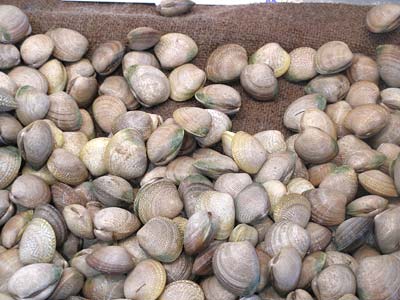
True cinnamon is a high grade, delicately flavoured spice made from the dried, rolled, inner bark quills of a tree of the laurel family, Cinnamomum verum/Cinnamomum zeylanicum, which originated in southern India and Sri Lanka and really still only grows there. This, like pepper, was discovered by the Portuguese and brought to western Europe. The spice is obtained by coppicing the branches and peeling the outer bark away revealing the softer yellow inner bark. This is stripped off and left to dry, after which it is layered and rolled. These several factors lead to its high price - rarity and a long, slow, skilled method of production. It can also be obtained in powdered form. In the United States a cruder, less delicate form, cassia bark, from Cinnamomum aromaticum syn Cinnamomum cassia, is generally used. It is a fragrant spice, which can be used with lamb and rice dishes and to flavour sweet cakes and puddings.
A method of roasting coffee beans which is rather light, resulting in a quite pale, flavourless roast.
Lake herring. A fish with an iridescent skin found in the Great Lakes. It is an oily fish and is often smoked. It is sometimes sold as whitefish.

The citron is a large, slightly misshapen citrus fruit like a lumpen, overgrown lemon with wrinkled green to yellow skin. Its sour pulp and skin are candied and used in confectionary and liqueurs.
The most common roasting style for coffee beans. Medium roasted beans give a mild, inoffensive but unadventurous roast.
Milk mixed with a little soured cream (US: cultured sour cream) and left to stand in a warm place until it has set.

Clams are edible, bivalve shellfish found in sandy coastal waters throughout the world. They vary from tiny and dull in colour to as much as 15 cm (6 inches) across. They have an almost circular shell and are generally available pickled in brine or vinegar. However, they can be found fresh in some parts of the world in which case they can be eaten either raw or steamed for around five minutes and checked in the same way that you would mussels. Smaller clams include cherrystones, carpet shells, little necks, steamers or soft-shelled clams and Venus. Larger ones, which are often used in chowders, include hard shell clams and ocean quahogs. In practice the same words are often used for both clams and cockles. Cockles are less sweet than the more favoured clams which is why they are more often used in sauces, soups or in ready-made dishes. If clams are being used, the variety is frequently named in may parts of the world.